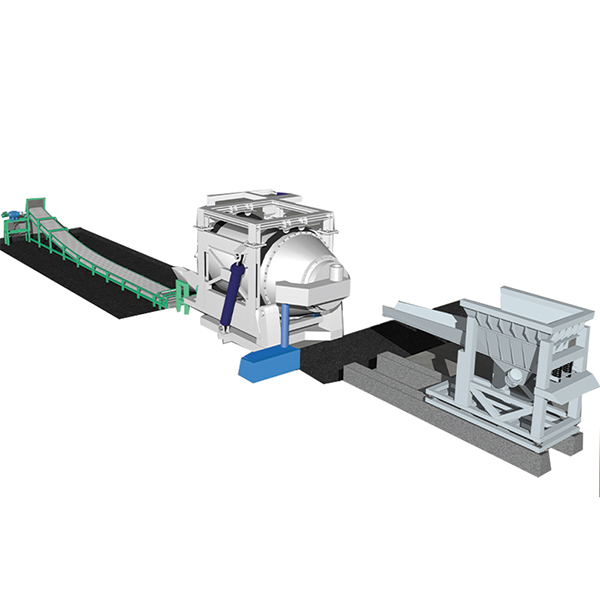NEWS&EVENTS
Home > News&Events > Company news > Comparison of different production processes of antimony trioxide
In the field of antimony product production, pyrometallurgy and pyrometallurgy-electrolysis are two common and important process methods. They differ in many aspects and have their own characteristics. The following will compare and analyze the two processes in detail from the key dimensions of core advantages, applicable scenarios, energy consumption and cost, resource utilization rate and environmental pressure.

1. Core advantages
The pyrometallurgy process has the significant characteristics of simple equipment and low investment cost, and has strong adaptability to high-sulfur ores and excellent desulfurization ability. The pyrometallurgy-electrolysis process has excellent product quality and can produce high-purity products. The purity of antimony ingots can reach more than 99.9%, and the purity of Sb2O3 can reach more than 99.8%. It also has advantages in environmental protection.
2. Applicable scenarios
The pyrometallurgy process is mainly used in the production of medium and low-end antimony products, such as ordinary alloys, low-purity Sb2O3, etc. The pyrometallurgy-electrolysis process focuses on the field of high-end antimony products, such as electronic grade antimony, flame retardant grade Sb2O3, etc.
3. Energy consumption and cost
The energy consumption of the pyrometallurgical process is mainly concentrated in the high-temperature stage, and the overall cost is relatively low. The combined pyrometallurgical-electrolytic process has increased electricity consumption due to the addition of the electrolysis stage, but the premium brought by the high-purity product can cover this part of the increased cost.
4. Resource utilization
The pyrometallurgical process recovers less Sb2O3 in the flue gas, and the resource utilization is not sufficient. The combined pyrometallurgical-electrolytic process has a high yield of Sb2O3 through directional oxidation, which can reach more than 95%.
5. Environmental pressure
In terms of flue gas treatment, the pyrometallurgical process needs to strengthen the capture of Sb2O3 to reduce environmental pollution. The combined pyrometallurgical-electrolytic process has no gas emissions in the electrolysis stage, the overall production process is cleaner, and the environmental pressure is relatively small.
In summary, the pyrometallurgical process and the combined pyrometallurgical-electrolytic process have their own advantages and disadvantages in the production of antimony products. In the actual production process, enterprises can comprehensively consider and select appropriate processes based on their own production needs, cost budgets, environmental protection requirements and other factors to maximize production efficiency.